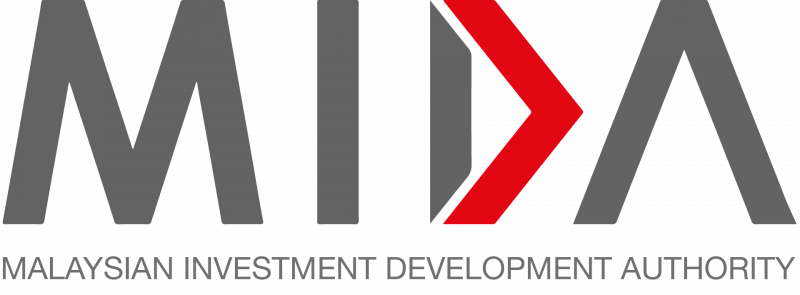Chief Minister Chow Kon Yeow is leading Penang’s investment and trade mission to the United States (US) from Sunday until Aug 14, to renew ties and forge relationships with the corporate headquarters of American investors in Penang.
Penang Chief Minister’s Office said in a statement that the mission organised by InvestPenang, the Penang state investment promotion agency, also aims to encourage the expansion of their Penang sites and attract new investments.
“Additionally, the mission seeks to update American companies on the latest developments and opportunities available in Penang, including information on recent advancements in infrastructure and policy changes, to facilitate investment.
“By enhancing visibility and further promoting Penang as a prime location, the mission also targets potential investors in the electrical and electronics (E&E), semiconductor, equipment, medical devices, integrated circuit (IC) design, digital global business services (DGBS) and digital economy industries,” the statement said on Sunday.
Throughout their visit, Chow and delegates will participate in a series of meetings and site visits to the corporate headquarters of American investors, to showcase the state’s strengths, innovations and commitment to being a resilient and sustainable investment location.
Meanwhile, Chow, who is also the finance, economic development, land and communications state executive councillor, expressed enthusiasm on the investment and trade mission, besides looking forward to strengthening relationships with American investors.
“[I] eagerly anticipate the positive outcomes resulting from this mission,” he added.
According to the statement, during the chief minister’s absence due to this investment and trade mission, Penang’s administrative affairs will continue to operate seamlessly.
Dubbed as the “Silicon Valley of the East”, Penang recorded RM71.9 billion in investment inflows in 2023, the highest in Malaysia, driven by foreign direct investments, which accounted for RM61.7 billion or 85.8% of state’s manufacturing investment inflows.
Source: Bernama
Penang CM leads investment and trade mission to US
Content Type:
Duration:


